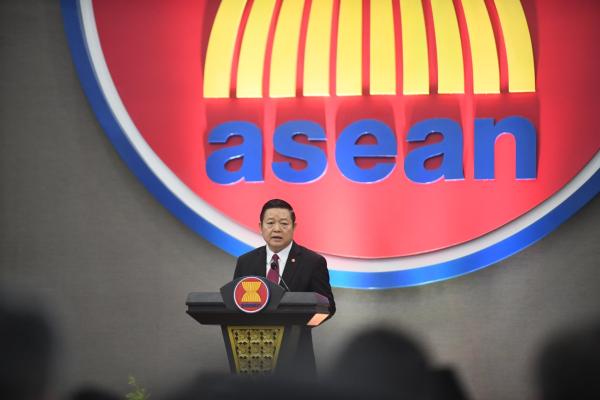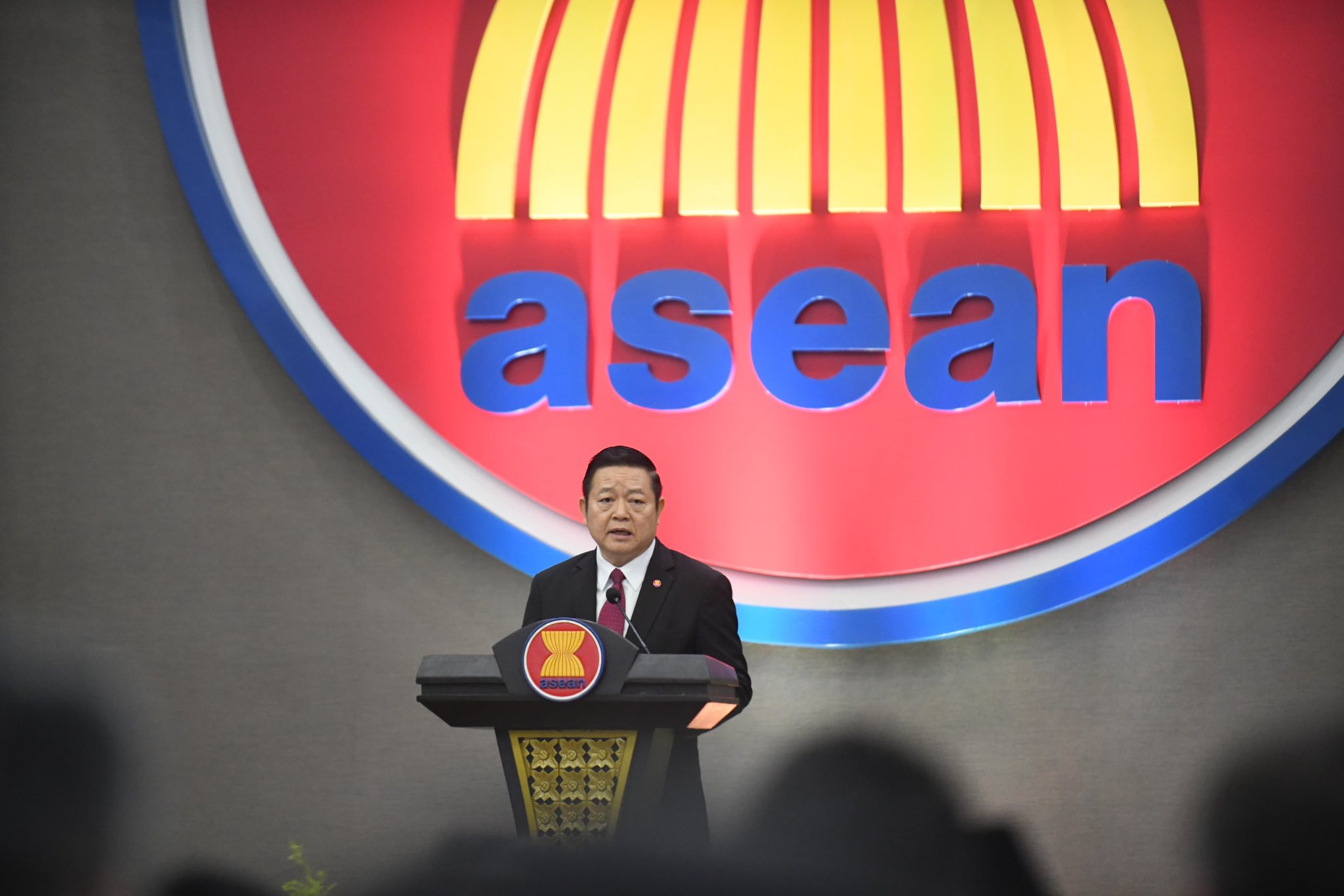SINGAPORE, Oct 22 — Asean Secretary-General Kao Kim Hourn has urged stronger regional coordination to reinforce the bloc's cybersecurity architecture through collective action in policy harmonisation, capacity-building, and incident response readiness.
He noted that while the Global Cybersecurity Index 2024 reflected significant progress among Asean member states in developing regulatory frameworks for personal data protection, privacy, and breach notification, it also highlighted the absence of a comprehensive regional strategy.
“Given the different levels of national readiness, Asean can support each other through policy harmonisation and mutual capacity-building.
“The full operationalisation of the Asean Regional Computer Emergency Response Team (CERT) will allow faster, coordinated responses to cross-border incidents and reinforce trust among the member states,” Kao said during the 10th Asean Ministerial Conference on Cybersecurity's opening ceremony today.
The text of his speech was published on the Asean website.
Kao added that Asean must tackle the cybersecurity talent shortage, estimated at 3.4 million across the Asia-Pacific in 2024, by stepping up efforts to attract and train digital talent.
The bloc must intensify cross-pillar collaboration to confront cybersecurity risks stemming from emerging technologies, as artificial intelligence (AI), cloud computing, automation, and quantum computing, which are reshaping the digital landscape, bring new opportunities and vulnerabilities.
“AI-driven deepfakes and large language models, for example, are being used for scams and financial fraud, costing victims across Asean an estimated US$23.6 billion (RM99.83 billion) in 2024 alone,” he said, quoting figures from a Global Anti-Scam Alliance study.
In response, Asean has strengthened cooperation through the Asean Working Group on Anti-Online Scams and the Senior Officials Meeting on Transnational Crime (SOMTC) Working Group on Cybercrime to enhance public awareness, policy coordination, information sharing, and law enforcement collaboration.
Kao noted that, under Malaysia’s leadership, Asean is working to establish the AI Safety Network (AI Safe) to institutionalise AI safety, ethics, and governance principles across the region.
“I encourage the Asean Cybersecurity Coordinating Committee to strengthen coordination mechanisms to ensure Asean can effectively address the growing complexity of cybersecurity threats in the digital era,” he said.
Meanwhile, Asean must sustain and expand collaboration with external partners, guided by the United Nations’ Norms of Responsible State Behaviour in Cyberspace.
Kao said Asean's cyber policy dialogues with partners should move beyond policy discussions to tangible cooperation that fosters trust, enhances technical capacity, and strengthens stability in cyberspace.
“As we advance the Asean Digital Economy Framework Agreement (Defa), Asean is well-positioned to play a leadership role in shaping global efforts for an open, secure, and resilient digital ecosystem,” he said.
On Defa, Kao said that Asean remains on track to reach the substantial conclusion of the negotiations, which will be announced by the Asean Economic Community (AEC) Council on Friday (October 24).
The conclusion of the Asean is expected to unlock even greater potential, with estimates that Asean's digital economy could double in value to US$2 trillion (RM8.46 trillion) by 2030.


